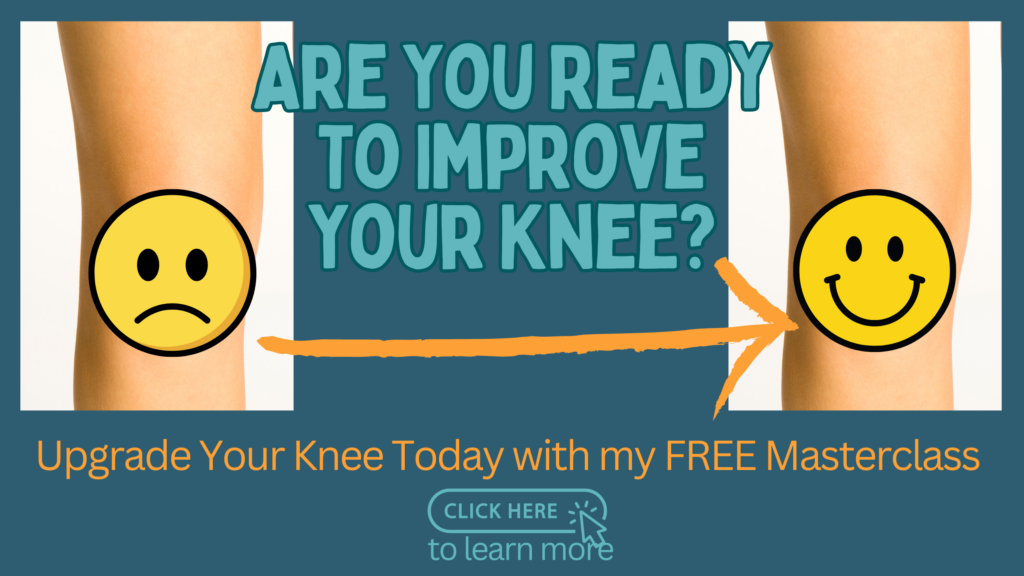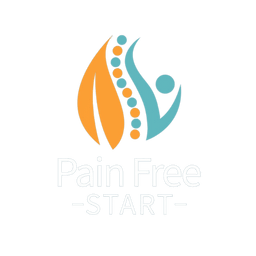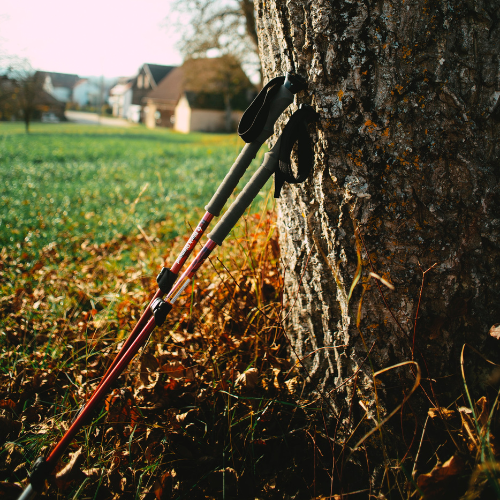Introduction
If you love walking, hiking, or trekking, you may have wondered whether walking poles or a simple stick is the better choice for support and stability. Both options offer benefits, but they serve different purposes depending on your needs, terrain, and personal preference. In this blog, we’ll break down the pros and cons of walking poles and sticks to help you decide which is right for you.
Walking Poles: Purpose-Built Support
Walking poles, also known as trekking poles, are designed specifically for hiking and walking support. They are typically made from lightweight materials like aluminium or carbon fibre, making them easy to carry over long distances.
Key Benefits of Walking Poles:
- Adjustable & Customisable – Most walking poles allow you to adjust their length to suit your height and the terrain.
- Enhanced Stability – Using two poles helps distribute weight evenly, reducing strain on your knees and joints.
- Improved Balance – Walking poles offer extra support on uneven, steep, or slippery surfaces, particularly when carrying a backpack.
- Reduced Fatigue – By engaging your upper body, walking poles help reduce strain on your legs, allowing you to walk for longer.
- Injury Prevention – Research suggests that using walking poles may lower the risk of falls and joint stress over time.
If you’re planning a long or challenging hike, especially on hilly or uneven ground, walking poles can be a game-changer for comfort and endurance.
Sticks (Cane): A Simple, Readily Available Alternative
Unlike walking poles, sticks are not specifically designed for trekking. They are typically found along the trail—such as fallen branches or driftwood—and can serve as an improvised walking aid.
Key Benefits of Sticks (Canes):
- Free & Accessible – You don’t need to buy or carry extra gear; you can simply pick up a stick along the way.
- Lightweight & Disposable – A stick can be used when needed and left behind when not required.
- Versatile – Sticks can serve multiple purposes, such as clearing obstacles, testing water depth, or even assisting with shelter building.
- Environmentally Friendly (if used responsibly) – Using an already fallen branch means you’re not depleting resources, unlike manufactured trekking poles.
However, sticks may lack the durability, comfort, and ergonomic design of walking poles, making them less suitable for long hikes or rugged terrain.

LEARN MORE ABOUT HOW I CAN SUPPORT YOU, CLICK HERE.
Walking Poles vs. Sticks (Canes): Which is Better for You?
The choice between walking poles and a stick depends on several factors:
- Durability & Comfort: Walking poles are designed for long-term use, with ergonomic grips and wrist straps that reduce hand fatigue. A stick, while useful in the short term, may not provide the same level of comfort or reliability.
- Hiking Terrain: If you’re navigating steep inclines, rocky trails, or wet conditions, walking poles offer better stability and reduce impact on joints.
- Practicality: Sticks are great for short, casual walks or if you prefer not to carry extra equipment. Walking poles, however, offer more support for longer or more challenging hikes.
- Environmental Considerations: If using a stick, always ensure it’s from a fallen branch rather than breaking a live one to avoid harming the environment.
If you need guidance on how to measure and use a walking stick correctly, check out my blog: How to Walk with a Stick.
Need More Help?
You may also find these blogs useful:
- Walking Poles and Arthritic Knees
- A Caregiver’s Guide to Assisting with Walking Aids
- Best Walking Poles for Nordic Walking: Top Choices for Maximum Benefits
- Walking Aids: When to Start & Why Safety Comes First
- Using a Stick: Top Tips
- How to Use a Stick
Prefer Video Tutorials?
If you’re a visual learner, check out my video lessons on YouTube: Watch Here
Conclusion
Both walking poles and sticks have their place, and the best choice depends on your specific needs and walking style. Whether you opt for the durability of walking poles or the simplicity of a stick, the most important thing is to get out and enjoy your walk. Who knows, you might even see me at the top of the hill!
Take care, Helen
Helen Manders BSc (Hons) MCSP HCPC
Chartered Physiotherapist Since 2001




